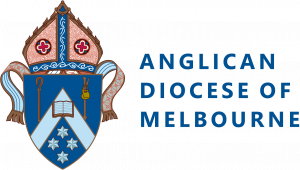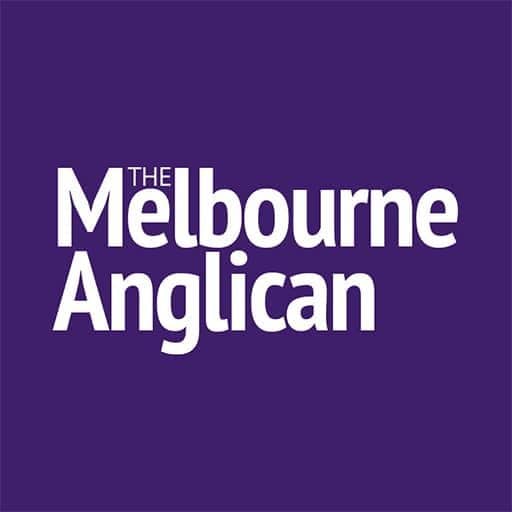“No Religion” marked by nearly a third of Australians in 2016 Census

By Chris Shearer
28 June 2017
Nearly one third of Australians now identify with no religion, while the number of Australian Anglicans has fallen by nearly 600,000 in five years, according to the 2016 Census.
The new figures, released yesterday, show that some 7 million Australians, or 30.1 percent of the population, said they did not identify with any religion, up from around 4.8 million (22.3 percent) in 2011’s Census.
Anglicanism saw the greatest fall of any Christian denomination or faith between 2011 and 2016, with around 3.1 million Australians (13.3 percent) identifying as Anglicans in 2016, down from almost 3.7 million (17.1 percent) in 2011. The loss of around 579,000 adherents is more than double what the Anglican Church lost between 1996 and 2011.
Anglicans in Australia 1991-2016

Australians identifying as Catholic or ‘other Christian’ also fell in real numbers, despite the national population growing by 8.8 percent since 2011. The overall percentage of Australians identifying as any form of Christian fell from 61.1 to 52.1 percent in that time.
Religious affiliation

Archbishop Philip Freier, Primate of the Anglican Church of Australia, told TMA that despite declining numbers in the Christian faiths, religion remained an important part of Australian society.
“I note that religion is significant to the majority of Australians and within that number the majority identify as Christian. It is this latter figure that is surprising given the far fewer people who participate actively in their local church community,” he said.
“The diminishing number identifying as Anglicans is part of the same trend, and it highlights the challenge the church faces in re-engaging these people with their Christian tradition.”
Dr Freier said that the Anglican Church had declined more than others in recent years due to a number of factors, singling out a culture “that no longer ‘carries’ Christianity”.
“Once people felt they were part of a Christian country and to be a good Australian citizen was to be a member of a church. Australian culture used to affirm people for having a Christian identity but now it does not.
“The decline also shows how powerful the secularisation forces are in Australia. The Anglican Church was initially largely populated by English people and to be English was to be a member of the Church of England. There has clearly been a decline of cultural adherence among Anglicans which has arguably been less so among other Christian churches.”
Dr Gary Bouma, an Anglican priest and professor of sociology at Monash University, said the dramatic fall in the number of Australian Anglicans was in part due to an increasingly ageing demographic.
“Our death rate caught up with us,” he told TMA. “It really is as simple as that.”
“You’ve got this huge clump between 55 and 70… and coming behind is a much lower figure. Even if we keep those, even if that lower figure comes into church, that’s a much lower figure.”
Dr Bouma added that young people were increasingly moving away from the church for a variety of reasons, but that differing values on social issues played a large part.
His comments echo those made by former director of the Christian Research Association Dr Philip Hughes last year. Anticipating Tuesday’s figures, Dr Hughes told TMA in August 2016 that Christianity was facing a crisis of confidence thanks to perceived moral rigidity, sexual abuse scandals, the rise of self-centred consumerism and what he called a new “Axial Age”. “It’s an Age in which what is most important is how you feel in relation to God; your experience of God,” he said. “So the nature of worship is changing too. We are moving from something which is very rational to something which is very experiential.”
It is an Age in which many would describe themselves as “spiritual but not religious”, Dr Hughes added; and an important consideration in the rise of “no religion” in the 2016 Census, says Dr Bouma.
“Young people will put down no religion not because they’re anti-religious,” he said. “30 percent no religion does not mean 30 percent anti-religion.
“There is a certain percentage of people who put no religion but they have religious experiences, they meditate, they do all sorts of spiritual stuff. They wouldn’t call themselves religious but they might accept the word spiritual.”
Most other religions surveyed as part of the 2016 Census saw modest increases in overall numbers, with only Judaism showing a moderate decline (97,300 in 2011 to 91,000 in 2016).
Hinduism grew the most of any faith between 2011 and 2016, with an increase of just under 165,000 believers (275,500 in 2011 to 440,300 in 2016).
Islam has also grown strongly since 2011, rising from just over 475,000 adherents in 2011 to about 604,000 in 2016.







